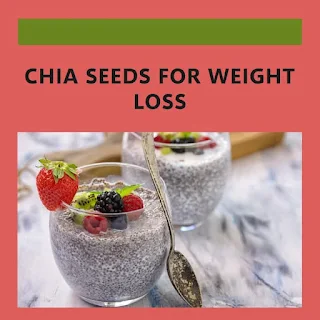Looking for a simple, nutrient-packed addition to your wellness routine? Meet chia seeds—tiny but mighty allies for weight management. Nutrition expert Marisha Baurai shares effortless ways to weave these seeds into your day *without* drastic diet changes.
**Why Chia Seeds?**
- 🌟 **Fiber powerhouse**: Keeps you full longer + supports digestion.
- 🌟 **Plant-based protein**: Helps maintain muscle and curb cravings.
- 🌟 **Rich in omega-3s**: Reduces inflammation + supports heart health.
- 🌟 **Antioxidant boost**: Fights oxidative stress for glowing skin & hair.
**1. 🌙 Overnight Chia Pudding**
Mix 2 tbsp chia seeds with almond milk (or your favorite milk), a dash of cinnamon, and a drizzle of honey. Let it sit overnight. Wake up to a creamy, protein-packed breakfast that keeps mid-morning snack attacks at bay. *Pro tip*: Top with berries for extra antioxidants!
**2. 💦 Hydration Hack**
Stir 1 tsp chia seeds into water, herbal tea, or fresh juice. Let them swell for 5 minutes—they’ll add a refreshing, gel-like texture. Perfect for staying hydrated *and* curbing hunger between meals.
**3. 🥗 Salad Supercharger**
Sprinkle chia seeds over salads for a crunchy twist. They’re packed with magnesium and calcium, turning your greens into a digestion-friendly, filling meal.
**4. 🍊 Detox Water**
Add 1 tbsp chia seeds + lemon/orange slices + mint leaves to a pitcher of water. Let it infuse for 2-4 hours. Sip throughout the day for a light, energizing detox.
**5. 🍫 Guilt-Free Dessert**
Blend soaked chia seeds with cocoa powder, a ripe banana, and vanilla extract for a chocolatey mousse. High in fiber, low in sugar—ideal for satisfying cravings without derailing progress.
**The Key? Balance!**
Chia seeds work best in moderation. Start with 1-2 tbsp daily to avoid digestive discomfort. Pair them with whole foods, movement, and hydration for sustainable results.
**Ready to Try?**
Share your favorite chia seed hack in the comments below! 👇 Let’s inspire each other with real, everyday wellness wins.
*P.S. Love honest, ad-free wellness tips?* [Join our community](https://buymeacoffee.com/Kabir1989) for deeper dives into holistic health—because thriving shouldn’t feel like a sales pitch. 💛

Comments
Post a Comment